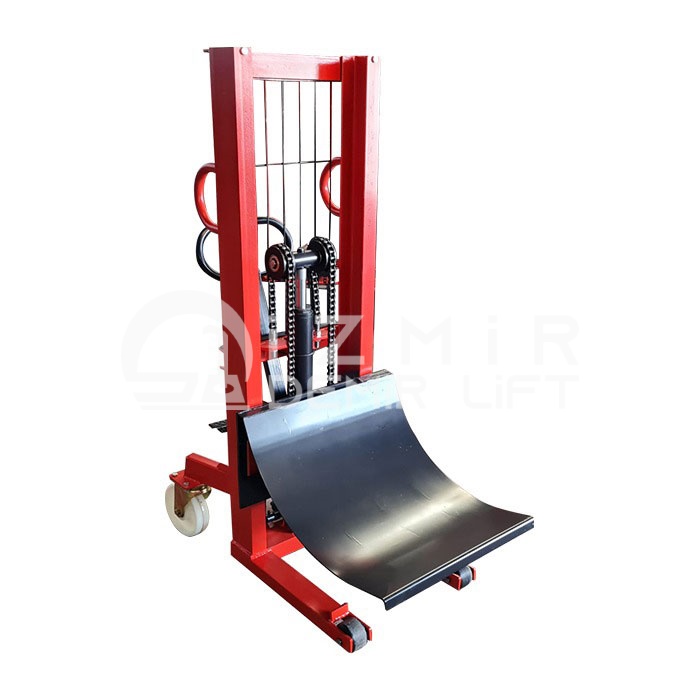
Warehouse operations play a critical role in a business's efficiency and customer satisfaction. In these operations, it is important to prioritize and sort materials correctly. Here is some important information about stacking machines and prioritization and sorting strategies used in warehouse operations:
Material Prioritization: Prioritizing different materials in the warehouse ensures that operations are carried out in a more organized and efficient manner. Prioritization strategies can be determined based on the urgency of materials, demand, or work priorities. For example, products that require fast delivery are processed and delivered first. This strategy increases customer satisfaction and strengthens the business's competitive advantage.
FIFO and LIFO Sorting: Sorting strategies such as FIFO (First In, First Out) and LIFO (Last In, First Out) are commonly used to determine the order in which materials are moved within the warehouse using stacking machines. FIFO ensures that the first materials to enter the warehouse are the first to exit, improving stock rotation. LIFO, on the other hand, ensures that the last materials to enter are the first to exit, making it suitable for businesses that prefer to consume inventory quickly. The appropriate sequencing strategy is determined based on the business's requirements.
Data Analysis and Demand Forecasting: Data analysis and demand forecasting enable the effective implementation of prioritization and sequencing strategies in warehouse operations. Future demand is forecasted by analyzing data such as past sales data, customer requests, and trends. Based on these forecasts, inventory levels and prioritization strategies are determined. Accurate demand forecasting helps optimize material flow and meet customer needs on time.
Emergencies and Prioritization: Unexpected situations may arise in warehouse operations. For example, an urgent customer request or an important task may need to be prioritized. In such cases, prioritization strategies may come into play. Businesses should establish specific protocols and procedures to identify and address emergencies promptly. This allows forklifts and warehouse operations to be quickly reorganized to meet urgent needs.
Communication and Collaboration: Effective communication and collaboration within the business are essential for the successful implementation of prioritization and sequencing strategies. Data sharing, information exchange, and coordination between different departments must be ensured. This enables the tracking of material movements, the updating of sequencing strategies, and the swift decision-making regarding prioritization.
In conclusion, prioritization and sequencing strategies in stacking machines and warehouse operations are important for businesses to increase efficiency, ensure customer satisfaction, and gain a competitive advantage. Factors such as material prioritization, sorting strategies like FIFO and LIFO, data analysis and demand forecasting, emergency management, and collaboration ensure that operations are managed in an orderly and efficient manner. By implementing these strategies, businesses can optimize their warehouse operations and achieve successful logistics management.